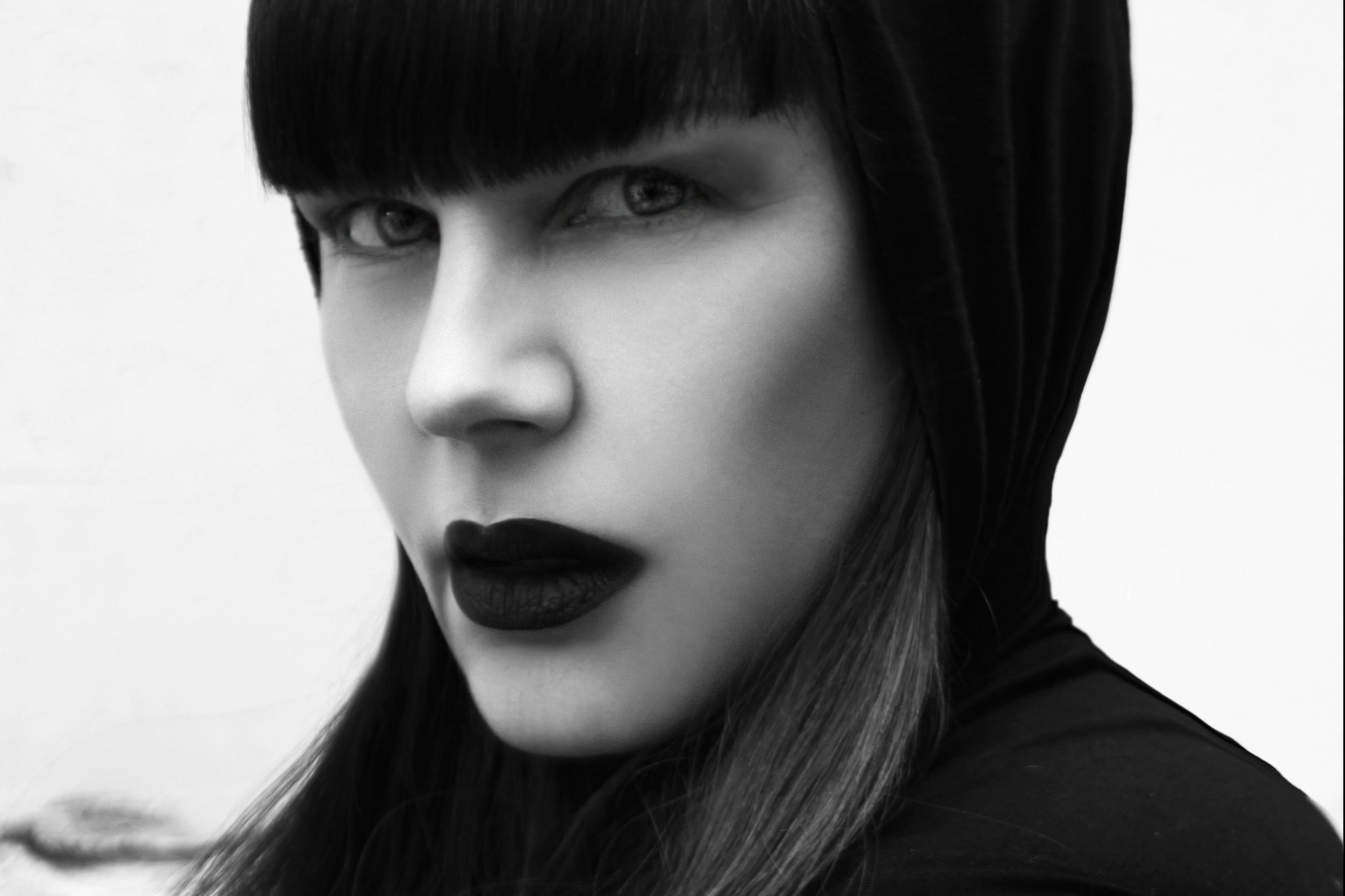What do Black Sabbath, The Velvet Underground, Madonna, Nirvana, The Clash, Buddy Holly, and Depeche Mode have in common? All of these artists are cited as pioneers of a genre.
From metal to alternative rock, pop, grunge, punk, rock’n’roll, and EDM, these are only a handful of visionary acts that shape a long list of genres and subgenres.
Melbourne musician and contemporary art connoisseur, Darren Sylvester, will be doing a deep dive into the world of music influence with two EDM subgenre pioneers, German electronic body music (EBM) duo Deutsch Amerikanische Freundschaft (DAF), and French Electroclash DJ Caroline Hervé – better known as Kittin.
Recently dropping the Miss from the start of her name, Kittin appeared on the EDM front in the latter half of the ‘90s, taking deep influence from her fellow panellists, DAF.
“The Hacker introduced me to their music, he is the real EBM nerd. The energy of that industrial sound, and the automatic writing in the lyrics is surely an influence for anyone into electro. You always go back to the roots, once in a while, to reconnect to your punk soul and remember where you come from, stay ironic,” says Hervé.
In fact, The Hacker introduced Kittin to more than DAF. The two would join forces, with the help of the renowned DJ Hell, to fuse their music interests from across the rave scene, the punk underground, and EBM – bringing in a new wave of electronic music.
“The Hacker and I went to our first rave party in 1990, and to the same new wave club before that, in our hometown without knowing each other. We were obsessed with Aphex Twin and Jeff Mills, we knew we would never be as good as them, so we decided not to make techno and to bring lyrics back, as a kind of provocation.
“When we heard Dopplereffekt, it was a shock. Someone just made the music we had in mind. But The Hacker brought his new wave touch to it – he told me later he always had the fantasy of having a new wave duet like Visage. I was more the rave kid.
“I met DJ Hell in a rave in south of France in ‘96, we played on the same lineup with David Carretta, and Adam Beyer. David invited me to spend some time at his house with Hell, who told me he started his label … A couple of months later, he told us he was playing Frank Sinatra everywhere in Germany and people went nuts.”
After taking over America and adding more artists into their world, including Terence Fixmer and Vitalic, journalists would coin the fitting term electroclash to describe their sound, which was, in fact, a clash of all aspects of the electronic music world, and more.
“The term electroclash appeared way after we started making music. We came directly after I-F and Doppereffekt, between ‘96 and 2001. But with time, especially in the US, I realised electroclash was the bridge between techno, EBM, new wave, the rock scene, the gay scene; all the leftovers,” explains Hervé.
“For me, electroclash became a scene with Fischerspooner, when fashion started to play our music on the catwalks. We didn’t come from there. It was more the beginning of the end for us.”
Now, we are seeing more musicians pushing the envelope on genre norms, drawing influence from an overflowing catalogue of music. Hervé thinks pioneering a genre is still achievable.
“I suppose it’s very hard to create a revolution inside that revolution, but there’s a whole new generation of kids who didn’t live the explosion of that culture and try to reinvent it with new toys, new technology. It’s really interesting.”
Catch Kittin in conversation with DAF and Darren Sylvester as part of Melbourne Music Week at NGV on Saturday November 16, and check out her DJ set that night at Kubik. Tickets via the Melbourne Music Week website.

